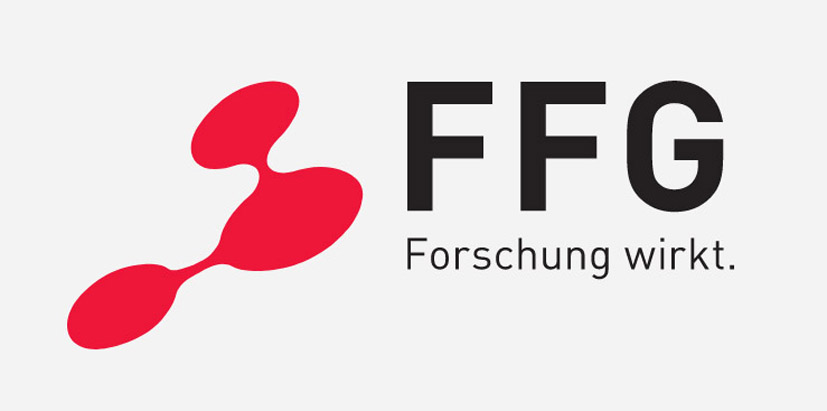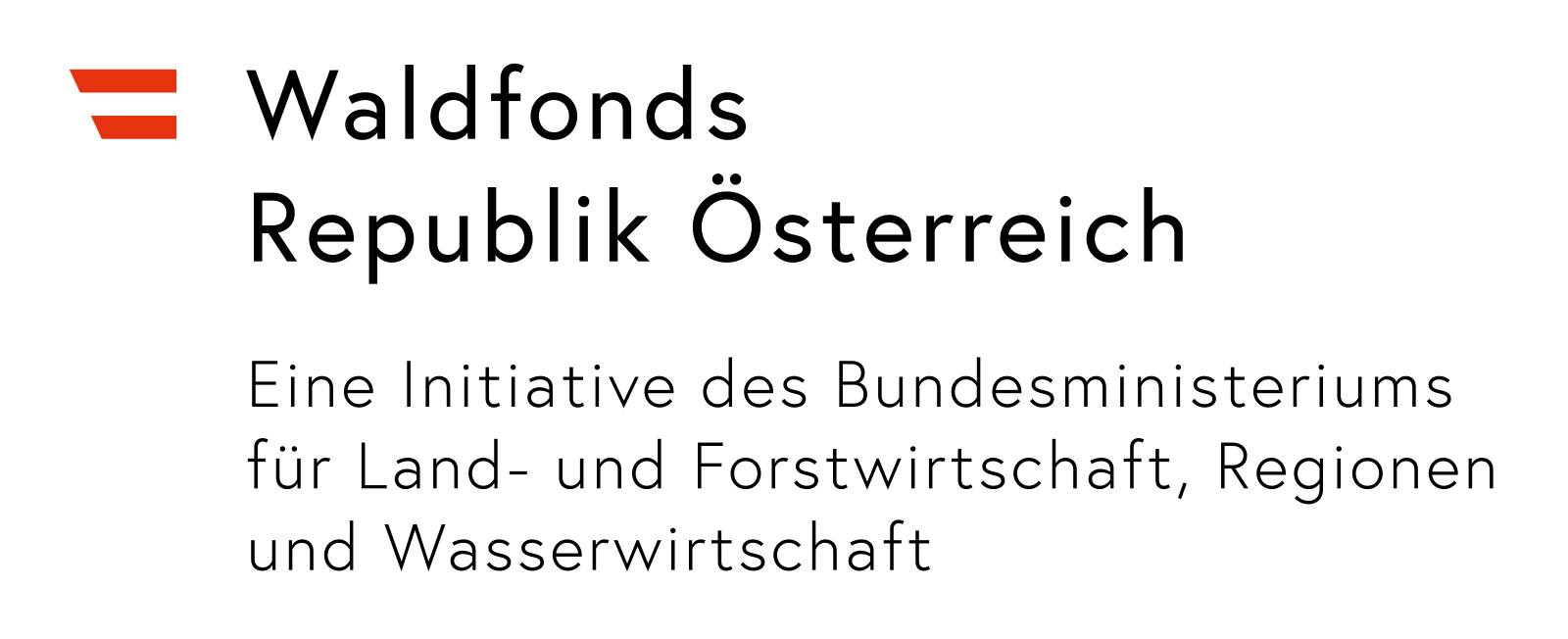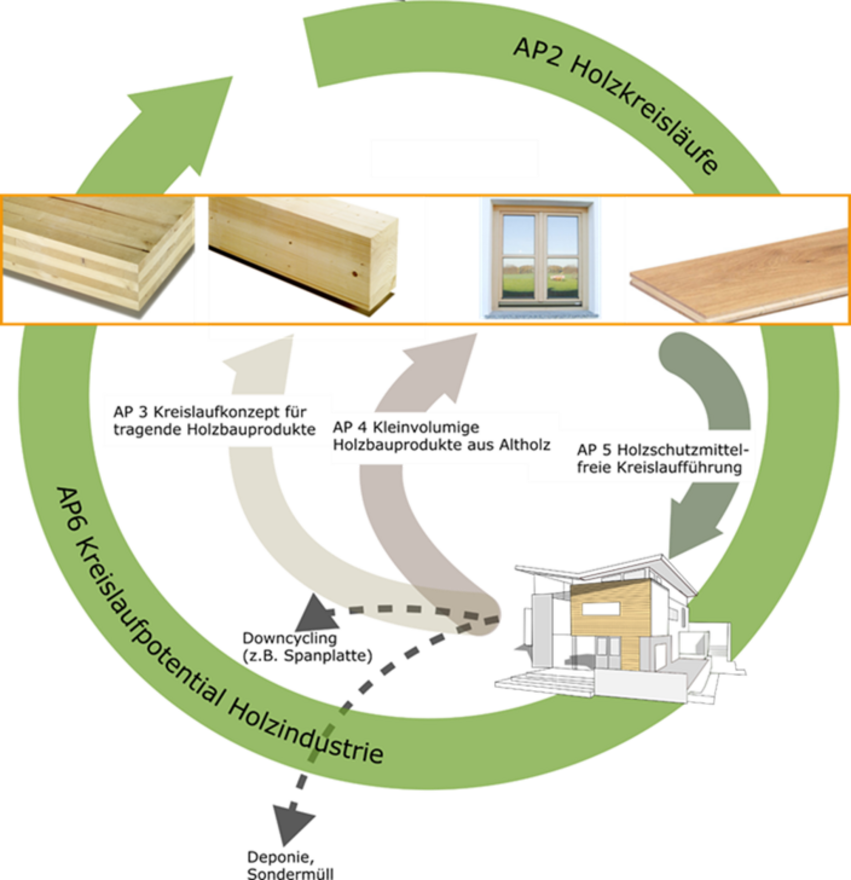INITIAL SITUATION
Due to the high material intensity, circular economy strategies are of central importance in the construction sector. Increasing material efficiency is a crucial way to achieve the Paris climate targets. The raw material wood plays a central role in the Austrian bioeconomy. However, in many cases the demand can already hardly be covered regionally by fresh wood. Thus, in addition to ecological reasons, the entire wood industry is also challenged for capacity and economic reasons to develop new, sustainable ways of raw material supply. In this environment, the wood industry must develop from a linear to a circular processing chain - reuse and upcycling must take precedence over downcycling. The recycling of wood, while preserving its material structure, is therefore seen as a central lever for solving the supply problem. However, the targeted recovery with the aim of preserving the structure is currently only pursued by a very small number of stakeholders, especially since large-volume recycling routes are not established in the wood sector. In the future, it must be possible to substitute fresh wood in building products and non-load-bearing solid wood products with secondary raw materials on a large scale and, in addition, to design wood cycles in such a way that subsequent use is already planned in advance. Decentralized raw material extraction, processing and recycling reduce logistical expenses, are energy-extensive, reduce raw material competition in the fresh wood sector and keep the valuable material wood from previous use in regional use. The implementation of such a system, however, requires a completely differently designed value-added cycle.
PROJECT OBJECTIVES
The overall project goal of TimberLoop is to conceptualize the recycling of structural timber, as a central component of the wood-based bioeconomy. Among others, the following sub-objectives are aimed at, which will serve as a basis for medium-term changes in wood utilization:
- Survey of established material flows for already existing wood cycles
- Identification of raw material parameters, which account for relevant differences between fresh wood and wood from previous use
- Identification of the typical problematic substances in the wood cycle management
- Development of technical concepts for recycling strategies of deconstructed load-bearing timber products through reuse, repair and remanufacture
- Development of basic principles for the use of waste wood, both from load-bearing and non-load-bearing areas, in multilayer bonded wood products
- Development of technical principles for a wood preservative-free wood cycle of products in the weathered area
- Ecological and economic comparison of wood cycles with current (linear) systems.
The technical objectives are to be complemented by the creation of a sustainable transdisciplinary network of all project partners:inside and other stakeholders, with the aim of effectively anchoring the project results in committees for the design of a future wood cycle economy. This should lead to a significant increase in the recycling of wood in Austria by 2030.




